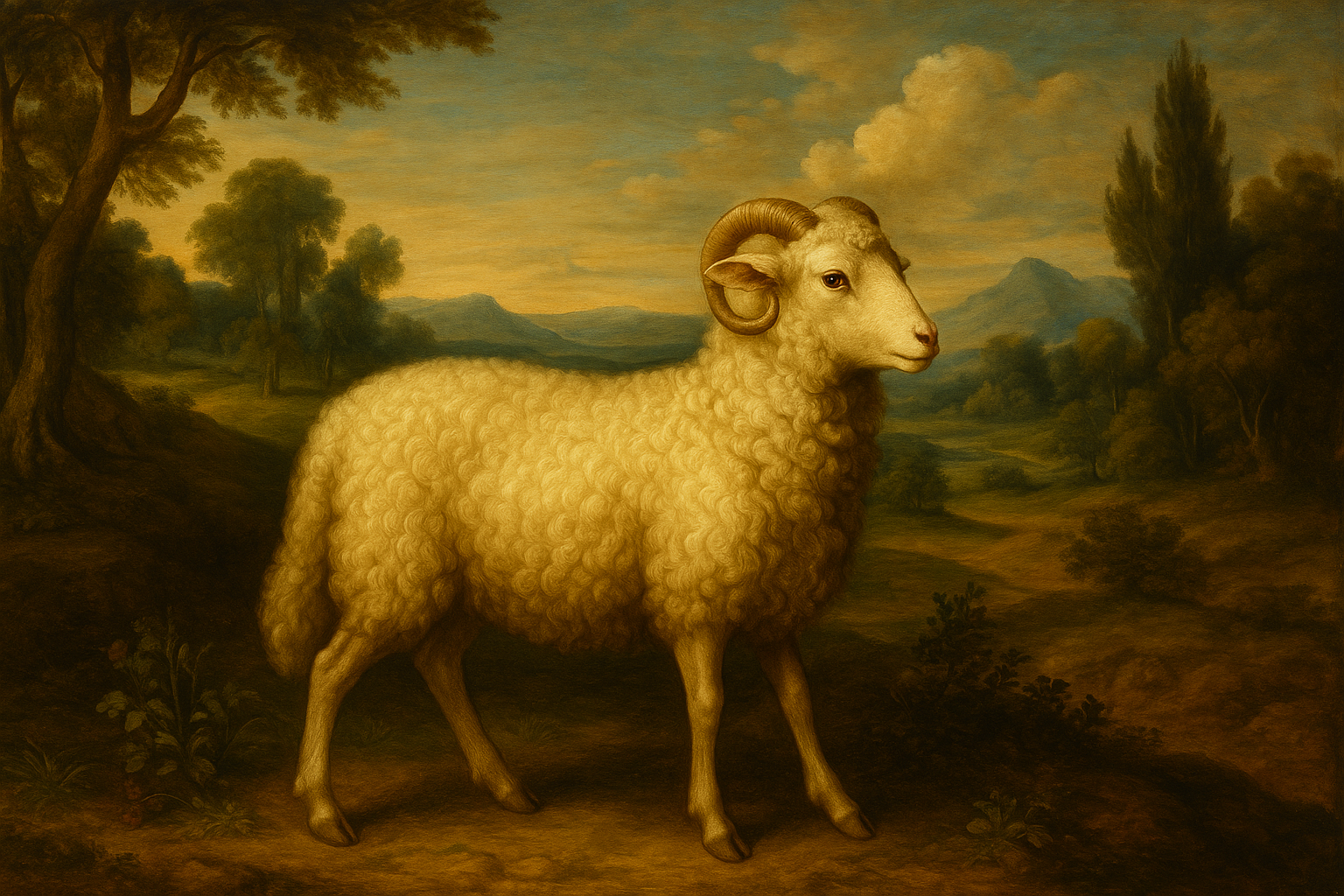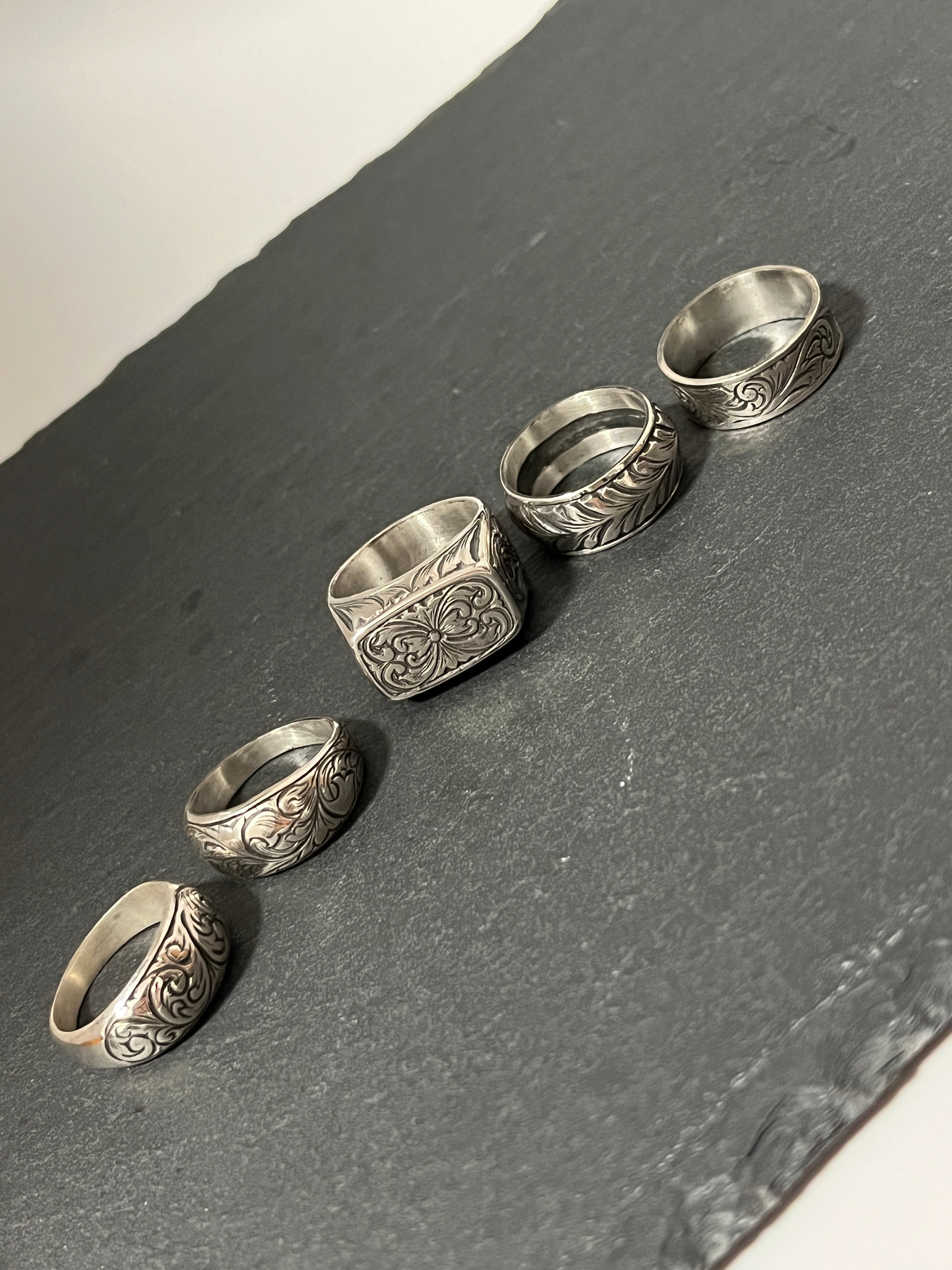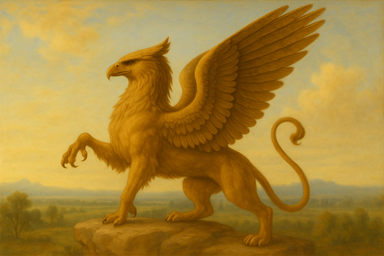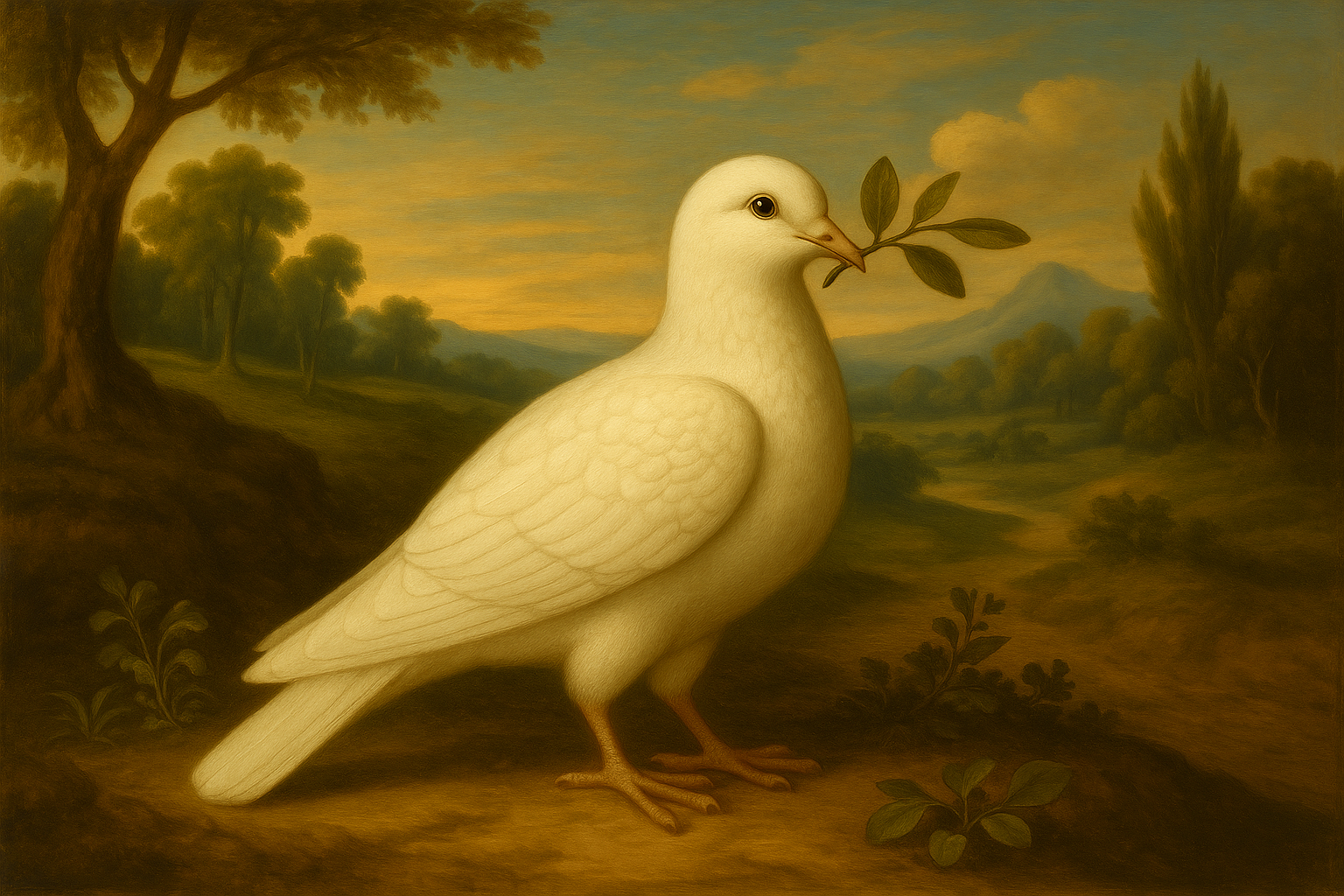
The Meaning and Origin of Sheep Motifs: Culture and Symbolism in the Decoration
Sheep appear in cultures, religions, and art decorations around the world and have diverse meanings such as fertility, purity, sacrifice, and protection .
This article explains the historical background of the sheep motif and its symbolism in various cultural spheres.
Ancient origins

Mesopotamia and the Middle East
- Sheep were one of the earliest animals domesticated by humans and are a symbol of abundance, providing wool, milk, and meat.
- In Sumerian and Assyrian art, sheep appear as symbols of gods and the moon.
- The constellation Aries governs the vernal equinox and symbolizes rebirth and beginnings .
Greek and Roman
- The legend of the Golden Fleece represents royalty, wealth, and authority, and is often depicted in decorative arts.
- Sheep are messengers of the gods and are symbols of protection and guidance .
Religious meaning
Christianity
- The Lamb of God (Agnus Dei) symbolizes Jesus Christ and has the meanings of "innocence," "sacrifice," and "salvation."
- The motif of the Good Shepherd is a symbol of protection that guides people.
In times when images of the Crucifixion were shunned, paintings of sheep carrying a cross were also common.
It is later depicted in illuminated manuscripts as the "Victorious Lamb" and is sometimes depicted surrounded by lions, eagles, and humans.
Islamic cultural sphere
- The sheep is a symbol of sacrifice during Eid al-Adha.
- Since animal depictions are subdued in art, they appear abstractly in textiles and geometric patterns.
Symbolism in European secular culture
- It symbolizes wealth and family prosperity , and is used in family crests and merchant guild coats of arms in areas where the wool industry is developed.
- Since the Renaissance, it has been used in paintings, furniture and sculptures as a symbol of the pastoral ideal .
Significance in East Asia
- In China, the word "sheep" and "xiang" are homonyms, so the sheep is considered a symbol of good fortune .
- "Sanyo Kaitai" is an auspicious design featuring three sheep, representing the arrival of spring and good fortune.
- Ram horn motifs can be seen in decorations on bronze vessels and embroidery from ancient China.
Summary of main meanings in decoration
| Symbolism | background |
|---|---|
| Abundance and wealth | The blessing of livestock, the legend of the Golden Fleece |
| Innocence and Purity | White wool, a symbol of Christianity |
| Sacrifice and Salvation | Lamb of God motif |
| Protection and guidance | The Good Shepherd, Mythical Guardian Beast |
| good luck/auspicious | The Chinese pronunciation of "sheep = xiang" |
| Rebirth and Beginning | Aries and the Vernal Equinox |
summary
The sheep motif has a wide range of meanings, from religious symbolism to secular auspicious motifs.
By using it in decorations and designs, you can add depth and narrative to your work.



